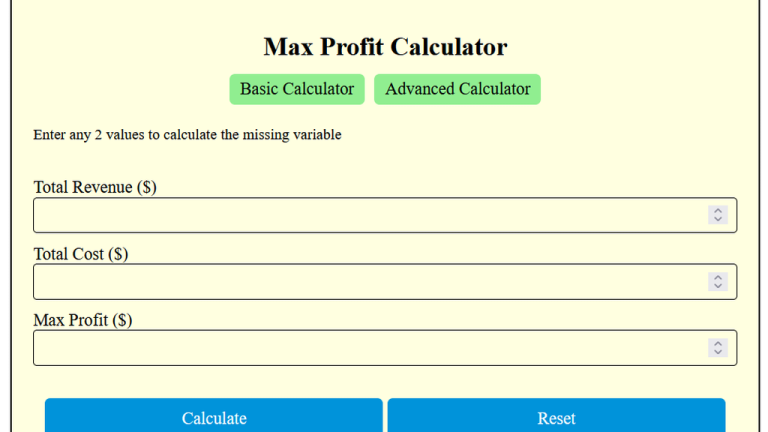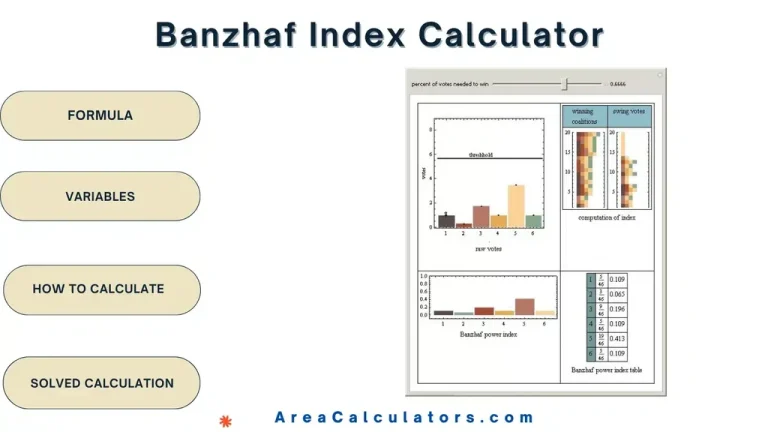Rotary Airlock Valve Capacity Calculator
To find the capacity of a rotary airlock valve, divide the rotor displacement by material density, adjust for efficiency, and multiply by the rotor speed.
The Rotary Airlock Valve Capacity Calculator is an indispensable tool for accurately determining the flow rate of materials in bulk handling systems. It considers critical variables such as rotor displacement, material density, efficiency, and speed to ensure optimal valve performance.
Formula
C = R / D / (E / 100) / S
| Variable | Definition | Unit |
|---|---|---|
| C | Valve Capacity | Cubic feet/minute |
| R | Rotor Displacement per Revolution | Cubic feet |
| D | Material Density | lbs/cubic feet |
| E | Efficiency | Percentage (%) |
| S | Rotor Speed | RPM |
Solved Calculations
Example 1: Determining Capacity for Known Parameters
A rotary airlock valve has a rotor displacement of 2.5 cubic feet, material density of 50 lbs/cubic foot, efficiency of 85%, and rotor speed of 60 RPM.
| Step | Calculation | Result |
|---|---|---|
| Divide rotor displacement by density | 0.05 | |
| Adjust for efficiency | 0.0588 | |
| Multiply by rotor speed | 3.53 ft³/min |
Example 2: Calculating Capacity with Different Specifications
For a valve with a displacement of 1.8 cubic feet, material density of 40 lbs/cubic foot, efficiency of 90%, and rotor speed of 50 RPM:
| Step | Calculation | Result |
|---|---|---|
| Divide rotor displacement by density | 0.045 | |
| Adjust for efficiency | 0.05 | |
| Multiply by rotor speed | 2.5 ft³/min |
What is Rotary Airlock Valve Capacity Calculator?
The Rotary Airlock Valve Capacity Calculator is a specialized tool that helps determine the capacity of rotary airlock valves used in material handling systems. These valves are essential for transferring bulk solids between areas of varying pressure while minimizing air leakage.
This calculator enables users to accurately calculate capacity based on valve size, speed, and material properties, making it indispensable for manufacturers, engineers, and system designers.
By considering factors like the valve’s rotor speed, chamber volume, and material bulk density, the calculator estimates the flow rate or capacity in units such as cubic meters or cubic feet per minute.
It simplifies complex calculations, allowing users to design systems that meet specific requirements efficiently.
Whether you’re working with solids, powders, or granules, this tool ensures optimal performance and system compatibility.
For example, using the calculator, professionals can fine-tune rotary valve designs to maintain the required flow rate while minimizing power consumption and wear.
Final Words:
To conclude, the Rotary Airlock Valve Capacity Calculator is an invaluable asset for designing and optimizing material handling systems. It ensures precision, efficiency, and reliability in valve capacity estimation, benefiting diverse industrial applications.



